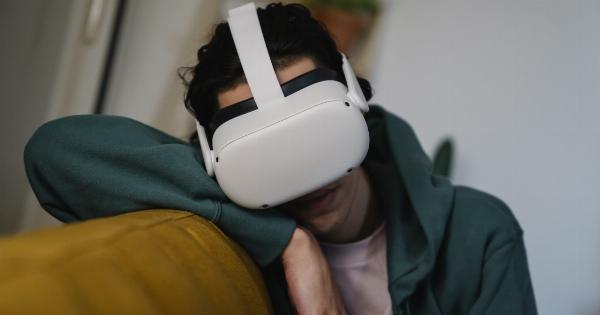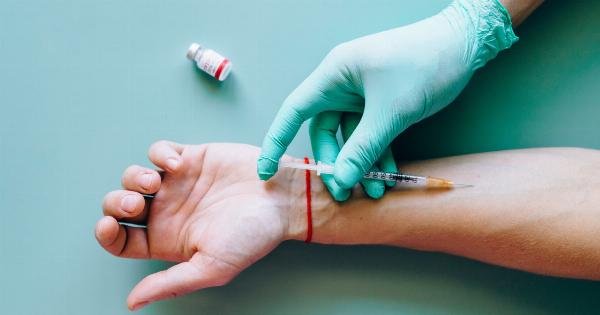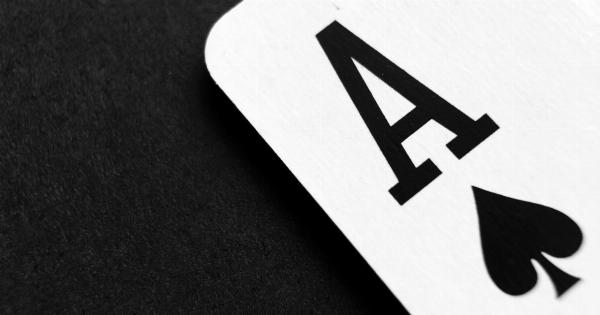The shower “aha” moment is a common phenomenon experienced by many individuals. It refers to those sudden breakthroughs or insights we experience while taking a shower, when ideas seem to flow effortlessly.
This article explores the scientific explanation for these shower “aha” moments, delving into the factors that contribute to this unique cognitive experience.
Relaxation and Creativity
One key factor that contributes to the occurrence of “aha” moments in the shower is relaxation. The shower is often considered a space of solitude, free from distractions, and interruptions.
It provides individuals with an environment conducive to relaxation, allowing the brain to enter a state of calmness. This relaxed state promotes creativity and enhances divergent thinking, enabling individuals to connect ideas and concepts in new ways.
Sensory Stimulation
The sensory stimulation experienced in the shower also plays a role in triggering “aha” moments. The warm water, the sound of flowing water, and the sensations on the skin activate various sensory pathways in the brain.
This sensory input helps shift the focus away from conscious problem-solving, allowing the brain to make connections subconsciously. This shift in attention facilitates the generation of novel ideas and insights.
Altered Brain States
Another significant aspect of the shower “aha” moment is the alteration of brain states. When engaging in routine, mundane activities like showering, our brain enters a different state known as the default mode network (DMN).
The DMN is responsible for self-reflection, daydreaming, and mind-wandering. These altered brain states allow our thoughts to wander freely and make unexpected connections. It is during these moments that the brain can finally make a breakthrough, often resulting in the “aha” experiences.
Cognitive Incubation
Cognitive incubation is another concept that helps explain the shower “aha” moment. It refers to the unconscious mental processes that continue working on a problem even when we are not actively thinking about it.
By taking a shower and engaging in a repetitive, automatic activity, our conscious mind becomes occupied, allowing our subconscious to continue processing relevant information. The sudden emergence of insights during these moments is a result of the unconscious processing finally reaching conscious awareness.
Relief from Cognitive Constraints
Shower “aha” moments also occur due to the temporary relief from cognitive constraints. Our daily lives are often filled with distractions, deadlines, and cognitive overload.
In the shower, we experience a brief respite from these constraints as our attention is focused on the simple act of bathing. This relief facilitates a mental break, creating space for new ideas and solutions to emerge. The absence of external pressures allows the brain to explore alternative perspectives and insights, leading to breakthroughs.
The Role of Dopamine
Dopamine, a neurotransmitter associated with reward and pleasure, also plays a role in facilitating the shower “aha” moment.
Engaging in activities that provide a sense of pleasure, such as taking a warm shower, triggers the release of dopamine in the brain. Dopamine not only enhances mood but also improves cognitive functioning. This neurotransmitter promotes focus, concentration, and the ability to make connections between disparate concepts, increasing the likelihood of “aha” moments.
The Importance of Reflection
Reflection is an essential component of the shower “aha” moment. As we relax in the shower, our mind is unburdened by external stimuli, creating space for self-reflection.
This introspective process allows us to assess and analyze problems more deeply, leading to unique insights. By consciously or unconsciously reflecting on a topic, we open ourselves up to new perspectives and possibilities, enabling the emergence of “aha” moments.
Enhancing the Shower “Aha” Moment
While the shower naturally facilitates “aha” moments, there are ways to enhance and encourage them further:.
1. Shower Routine
Establishing a regular shower routine can help the brain signal that it is time to enter an altered thinking state. Consistency creates a familiar environment that primes the brain for insights.
2. Stimulating Senses
Experiment with different sensory stimulations in the shower, such as changing the temperature or adding aromatherapy. These variations can heighten sensory inputs, prompting the brain to form new connections.
3. Mindful Showering
Practice mindful showering by consciously focusing on the physical sensations, the sound of water, and the feeling of relaxation. Mindfulness helps quiet the mind and allows for deeper introspection.
4. Pre-Shower Problem Solving
Prior to taking a shower, consciously focus on a specific problem or topic. This sets an intention for the brain, which continues working on the problem in the background during the shower.
5. Capture Insights
Keep a notepad or voice recorder in the bathroom to capture any insights that emerge during or after the shower. This allows for further exploration and follow-up on the “aha” moments for potential solutions or creative projects.
Conclusion
The shower “aha” moment is not an elusive, random experience. Its occurrence is rooted in scientific explanations such as relaxation, sensory stimulation, altered brain states, cognitive incubation, and relief from cognitive constraints.
By understanding these underlying processes, we can make use of the shower as a creative space and harness its potential for generating insights and breakthroughs.































